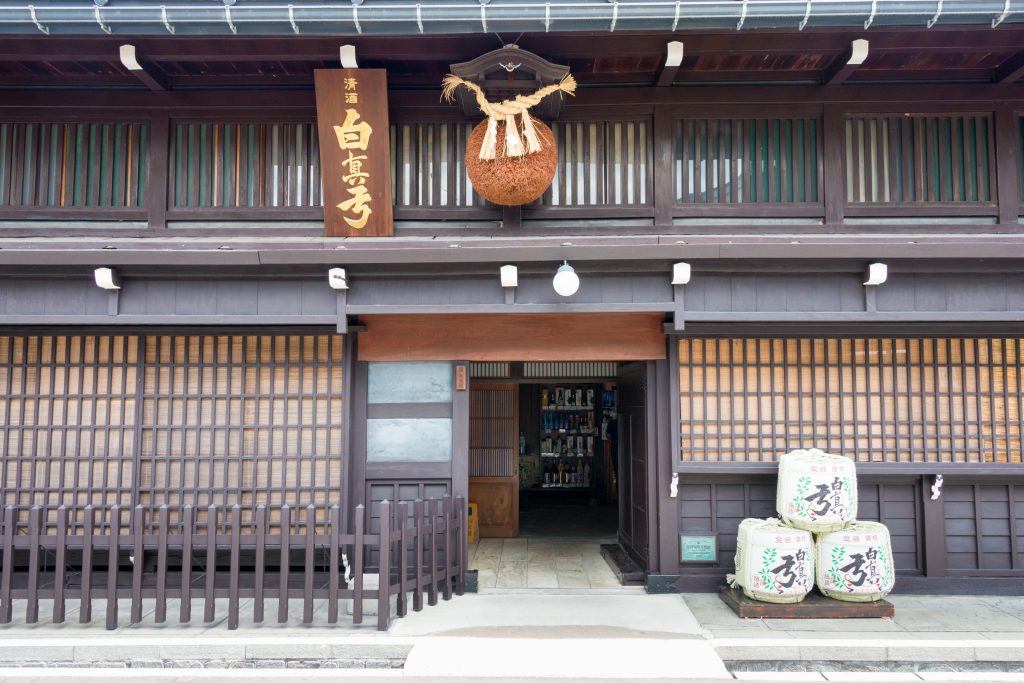Kyoto is one of Japan’s most beautiful cities. It has ancient temples, shrines, and many fascinating cultural activities. From strolling through the streets of Gion to admiring the Golden Pavilion, there is an endless list of things to do in Kyoto. To help you answer the question of what to do in Kyoto, we’ve compiled a list of 10 must-see attractions.
1. Take A Walk Through The Nishiki Market

The Nishiki Market is known as Kyoto’s ‘Kitchen.’ This vibrant market offers an array of fresh seafood, fruits, vegetables, and other local delicacies. It’s a great place to pick up souvenirs and try authentic Japanese snacks. The narrow alleys have stalls selling traditional crafts, like kimonos and ceramics. As it can get very busy, the easiest way to get to the market is with a guided tour. Our Flavors of Japan 7-Day Tour Package stops at Nishiki where our expert insider will escort you through the crowds as well as direct you to many other delectable food locations.
2. Spend The Day In Arashiyama

Arashiyama Kyoto is a UNESCO World Heritage Site located on the western outskirts of Kyoto. You can explore the stunning bamboo forest, marvel at the Togetsukyo Bridge, or visit Tenryuji Temple. Some tourists enjoy just strolling down the streets and enjoying local specialties like soba noodles. The area is easily accessible by train from downtown Kyoto.
3. See The Cherry Blossoms At Maruyama Park

This beautiful park is located in Gion. It is one of Kyoto’s most popular spots for hanami, or flower viewing. The park has a large pond and various sculptures that make it an ideal place for photography. During springtime, the park lights up with thousands of pink and white cherry blossoms. It’s a great way to experience Japan’s famous Sakura season!
4. Taste Matcha In Uji Market

Kyoto is renowned for its matcha, or green tea. The town of Uji, near the Uji River, has the best high-quality matcha. It’s a great place to buy fresh Kyoto tea leaves or try delicious matcha sweets. The market has many stores selling matcha-based products, such as ice cream and cakes. You can also find locally made souvenirs here.
5. Visit A Sake Brewery

Sake is a traditional Japanese alcoholic beverage made from fermented rice. It’s an important part of the country’s culture. There are several breweries of sake Kyoto has to offer, especially in Fushimi. Each runs tours where you can learn about the brewing process, taste samples of sake, and even purchase bottles to take home as souvenirs.
6. See The Iconic Fushimi Inari-Taisha Shrine

The Fushimi Inari-taisha Shrine’s iconic red torii gates create a beautiful backdrop as you make your way up to the summit of Mount Inari. Along the way, you can stop and admire countless fox statues that represent messengers in Shintoism. At the top of the mountain are two main shrines where visitors can pay their respects and make offerings.
7. Sample Ramen at Gogyo

The restaurant Gogyo is renowned for its unique kogashi, or charcoal-grilled, ramen. It has an intense smoky flavor and comes with a variety of toppings. Try the black garlic oil ramen for an unforgettable experience! Gogyo is in the heart of Kyoto, near the Imperial Palace. The restaurant is open for lunch and dinner. You should arrive early to avoid long lines.
8. Explore Nightlife In Gion

The Gion district is known for its traditional wooden machiya townhouses, narrow alleyways, and geisha culture. During the day, it’s a pleasant area to explore. But at night, it comes alive with the most exciting bars, clubs, and restaurants in Kyoto. If you’re looking for a fun night out, Gion Kyoto should be at the top of your list. The Evening Food Tour in Kyoto’s Geisha District Gion allows you to explore the area with fellow tourists. You’ll enjoy snacks and a ten-course feast while discovering Gion’s geisha history.
9. Immerse Yourself In History At The Golden Pavilion

This majestic temple is located on the grounds of a Zen Buddhist Temple and covered in gold leaf. The glistening structure reflects off the pond below, creating a gorgeous view for visitors to admire. Golden Pavilion Kyoto was originally built as a retirement villa for Emperor Ashikaga but now serves as a Buddhist temple where monks practice meditation. Bikers will love the Kyoto Historical Cycling Tour with the Golden Pavilion, which includes entrance passes to the pavilion. You’ll learn all about the area’s rich history before stopping at the serene Kamogawa River.
10. Wander The Philosopher’s Walk

The Philosopher’s Walk is a two-kilometer path that follows the canals of Kyoto. It winds through picturesque neighborhoods and includes several temples along the way. This is one of Kyoto’s most popular spots for cherry blossom viewing in spring, but it also offers beautiful scenery year-round. Along the path, you will find Nanzenji Temple, one of Kyoto’s most famous Zen temples. You’ll also see the Ginkakuji Temple with its iconic silver pavilion.
Know Where To Go In Kyoto With Tourist Japan!

There are so many things to do in Kyoto Japan for all types of travelers. And the best way to see them is with Tourist Japan. Our Kyoto tours are fun and immersive, with expert guides and plenty of activities. We also make it easy to travel around to all the sites you want to see in Japan with our package tours. Plus, we’re here to help you beyond touring with our guides to hotels in Kyoto, travel itineraries to Kyoto, and more.














